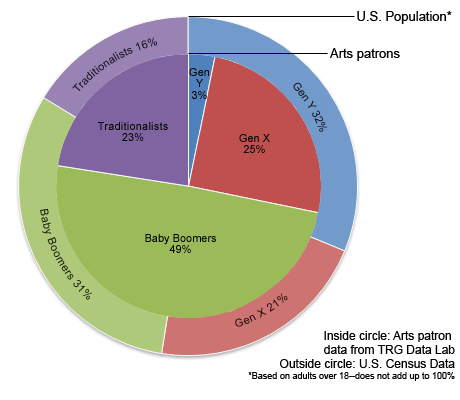
Why You Should Care About Per Capita Revenue
Posted by Oct 03, 2011

Usually when organizations consider their ticket sales, they look mainly at total revenue. After all, revenue is what keeps an organization running, and total revenue is the 50,000-foot view of how well an organization is doing.
However, when considering how to optimize ticket sales, calculating and analyzing per capita revenue becomes a critical measurement.
Yes, “per capita revenue” sounds boring, complex, and technical, but stick with me—the reality is that it allows you to zoom in and see how tickets are selling on a season-by-season or show-by-show basis and that’s actually pretty useful.
What is per capita revenue?
In layman’s terms, per capita revenue is the average price paid for a ticket. It can be calculated for an individual performance, a series of performances, or an entire season. You can also break it out by group tickets, single tickets, or subscription/membership purchases.
How is it calculated?
The formula for calculating per capita revenues follows: Per Capita Revenue = Total Sales Revenue/Total Unit Sales














